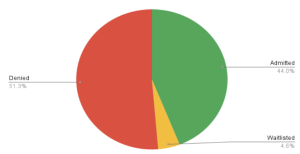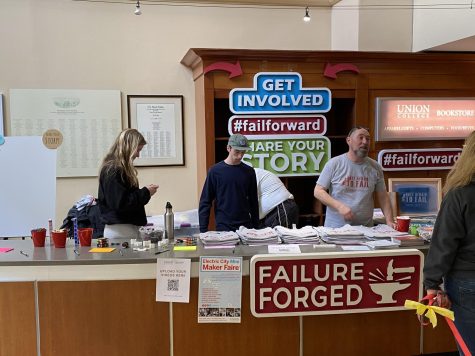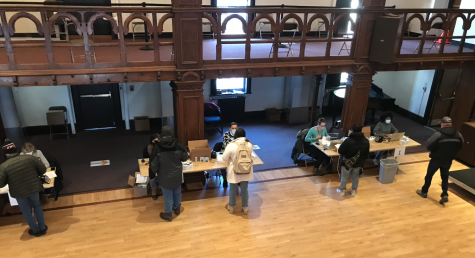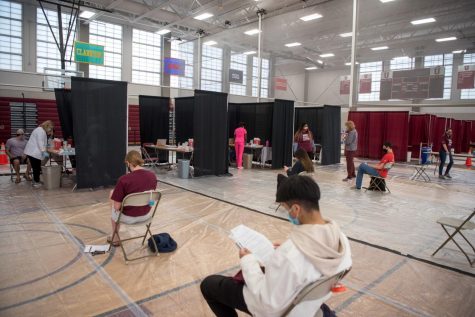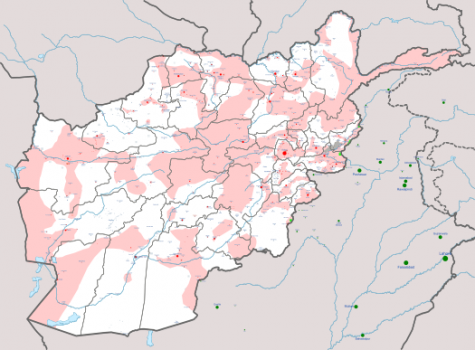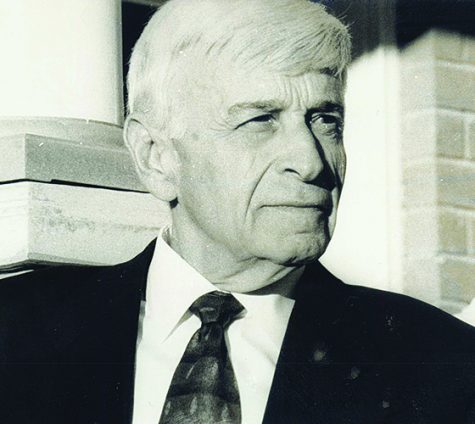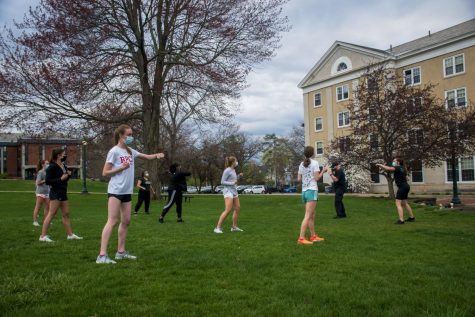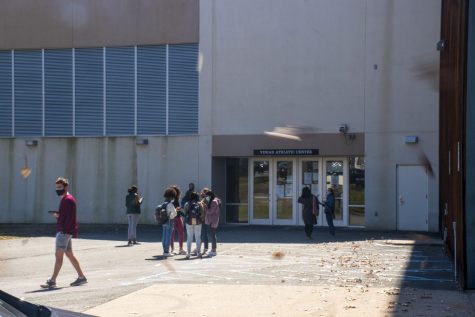Talk on criminal justice system
February 11, 2019
On Thursday, the January 31 the Executive Director of the research and advocay group, the Sentencing Project Marc Mauer, gave a talk in Karp Hall titled, “How to Lock Up Fewer People.”
The purpose of the talk was to raise awareness and start a conversation on the problems of the American prison system.
“I have largely been focusing on capital punishment. But definitely get me thinking, now that I have all this information,” said Hayley Bennett ’19.
Mauer started the talk by explaining the origin of the U.S. incarceration policy in 1972 with Nixon proposing a solution to the increasing crime rate.
This solution was characterized by an increased amount of prison cells, an increase in the amount of prison sentences and a bias against minority groups. “There had been outrage from civil rights groups then… by today’s standards, this would be considered barbarous… and yet this forms the basis for the US’ policy on crime up until today,” said Mauer.
Mauer then presented a series of statistics to demonstrate that since 1972, the US government has been imprisoning more and more people for longer durations. According to him, prison population increased from approximately 200,000 in 1972 to 1,600,000 in 2010. Not only that, prison sentences are being given for less serious crimes.
To illustrate this, Mauer mentioned a case in which a person from Texas was sentenced with 16 years in prison for stealing a candy bar and the judge, when asked about the decision, said: ”It was a king-sized bar.” His statistics also suggested that mass incarceration seems to have a bias against minority groups. In black communities, one in every three male child born in 2001 will grow up to serve prison time. The number is one in six in Latinos communities and one in 19 in white communities.
In talking about the reality of mass incarceration in the U.S., Mauer also touched upon problems such as the militarization of the police force and racial tension following the events at Ferguson, the war on drugs and the failure of policy makers and society at large to sympathize with convicts and understand why they commit crimes.
At one point during the talk, he asked the audience, who are mostly students, why there is so little police presence on campus despite the presence of drug use. The students in terms came up with a variety of answers relating to racial and economic discrimination. Lily Buchanan ’21, answered: “It’s much easier to convict people who can’t afford to defend themselves.”
Mauer added that it is much harder to convict a person knowing that by doing so, one will erase their chance at a better future. “There are biases as to when [the trade and consumption of drugs] is a crime that should be dealt with or a misbehavior that should be looked the other way.” he concluded.
Next, Mauer discussed the effects of mass incarceration on society. He started out by stating that the effects of mass incarceration on public safety was “more modest that lawmakers would like to think…[and] it has a ripple effect [on communities].”
According to him, an imprisoned family member is a tremendous psychological as well as economic burden to a family. The current system of mass incarceration also present a great burden on communities and society at large in the form of taxpayers’ money being diverted to the prison system. Mauer noted that ex-convicts are very often discriminated against in job applications as well as welfare programs: “You never finish paying back the conviction.”
Despite the current state of the American prison system, Mauer was optimistic about the future of mass incarceration in the U.S. He noted that in in the present day, the conversation surrounding mass incarceration has been less emotional and less politicized. “It’s a far cry from the “tough-on-crime” platform that politicians of both parties ran on [in the past],” he said.
In recent years, there has also been bipartisan agreements on sentencing reforms aimed at reducing excessive prison sentences. There has also been a push, from both politicians and the public, for solutions that can address the core of the problem of crime rather than the symptoms and along with that, more interest on the rehabilitation of convicts. Additionally, there is a lot of new research happening on the prison population conducted in order to understand why and how prisoners commit crimes and in hopes of building a fairer, less biased, law enforcement system.
“Whether you are a liberal or a conservative,” said Mauer, “anyone should be interested in these people coming home better prepared.”

